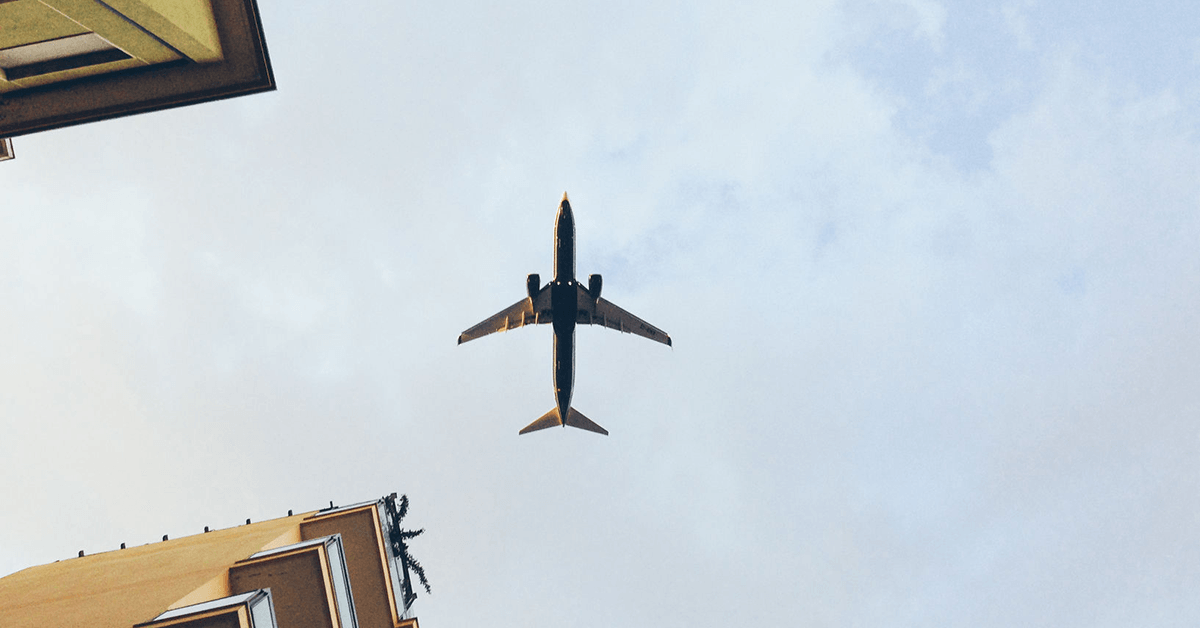
Domestic Flights: A Comprehensive Guide to Navigating Air Travel Within the Country
Regarding air travel, domestic flights play a critical role in connecting different regions of a country, offering a convenient and time-saving alternative to other forms of transportation. Whether for business, leisure, or personal travel, domestic flights enable millions of passengers to reach their destinations swiftly and comfortably.
In this guide, we will explore everything you need to know about domestic flights, from booking tips to navigating airports and ensuring a smooth travel experience.
Understanding Domestic Flights
Domestic flights refer to flights that operate within the borders of a single country, as opposed to international flights that cross country borders. These flights are an essential part of the transportation network, linking cities, towns, and remote areas that might otherwise be challenging to reach.
Domestic flights are typically shorter in duration compared to international flights, often lasting from one to six hours, depending on the distance between the origin and destination. Airlines offer a variety of domestic flight options, ranging from economy class to business class, ensuring that travelers can select a service level that suits their preferences and budget.
Booking Domestic Flights: Strategies for Finding the Best Deals
One of the key factors to consider when booking domestic flights is securing the best deal. Here are some strategies to help you find the most competitive prices:
1. Book Early
Booking your flight well in advance is one of the most effective ways to secure lower fares. Airlines often release their tickets several months before the departure date, and prices tend to be lower during this initial period. As the flight date approaches and seats become limited, prices generally increase.
2. Be Flexible with Dates and Times
Flexibility with your travel dates and times can significantly impact the cost of your domestic flight. Flying during off-peak hours, such as early morning or late evening, or on weekdays rather than weekends, often results in lower fares. Additionally, avoiding travel during holidays or major events can help you find better deals.
3. Use Fare Comparison Tools
There are numerous online tools and platforms available that allow you to compare airfares across different airlines. Websites like Google Flights, Skyscanner, and Kayak can help you identify the most affordable options. It’s also worth setting up fare alerts to notify you when prices drop.
4. Consider Alternate Airports
In some cases, flying into or out of a nearby airport rather than the main airport can result in significant savings. For example, if you’re traveling to a major city, check if there are smaller regional airports nearby that might offer cheaper flights.
Navigating the Airport: What to Expect on Domestic Flights
Airports can be overwhelming, especially for those who don’t travel frequently. However, understanding the process can make your experience much smoother. Here’s what you can expect when traveling on a domestic flight:
1. Check-In Process
For domestic flights, check-in typically begins two hours before departure. Passengers can check in at the airport counter, use a self-service kiosk, or complete the process online before arriving at the airport. Online check-in is particularly convenient as it allows you to bypass the check-in counter, especially if you’re not checking in any luggage.
2. Baggage Policies
Baggage policies for domestic flights vary by airline, but they generally include allowances for both carry-on and checked baggage. It’s essential to check your airline’s specific rules regarding weight limits and fees for excess baggage to avoid any surprises at the airport.
3. Security Screening
Security screening is a mandatory part of the airport experience. Passengers are required to pass through metal detectors, and their carry-on luggage is screened via X-ray machines. It’s advisable to wear shoes that are easy to remove and avoid packing prohibited items in your carry-on to expedite the process.
4. Boarding Process
Boarding typically begins 30 minutes before the scheduled departure time. Passengers are usually called to board in groups, based on their seat assignment or boarding priority. Ensure you’re at the gate on time, as missing the boarding call can result in being denied boarding.
In-Flight Experience on Domestic Flights
While the duration of domestic flights is generally shorter than international ones, airlines still strive to provide a comfortable in-flight experience. Here’s what you can expect:
1. Seating Arrangements
Most domestic flights offer a range of seating options, from standard economy seats to more spacious business class seats. Legroom, seat width, and recline options vary depending on the airline and the class of service you choose. For a more comfortable experience, consider selecting a seat with extra legroom, which is often available for an additional fee.
2. In-Flight Amenities
The amenities offered on domestic flights vary by airline and flight duration. Common amenities include complimentary snacks and beverages, while some flights may offer the option to purchase meals. Entertainment options such as in-flight movies, TV shows, or Wi-Fi may also be available, though these services are often more limited compared to international flights.
3. In-Flight Services
Flight attendants are on board to assist with any needs or concerns you might have during your flight. Whether it’s a request for a blanket, assistance with seat adjustments, or guidance on using in-flight entertainment, the cabin crew is there to ensure your flight is as comfortable as possible.
Post-Flight: Arriving at Your Destination
After landing, the process of disembarking and collecting your luggage is straightforward. However, there are a few things to keep in mind to ensure a smooth transition from the plane to your final destination.
1. Disembarking the Aircraft
Passengers typically disembark by row, with those seated at the front of the aircraft exiting first. If you’re in a rush, consider choosing a seat near the front of the plane when booking your ticket.
2. Collecting Checked Baggage
Once off the plane, follow the signs to the baggage claim area. Baggage claim is where you’ll retrieve any checked luggage. Most airports have multiple baggage carousels, so be sure to check the monitors to identify the correct one for your flight.
3. Transportation Options
After collecting your baggage, you’ll need to arrange transportation to your final destination. Airports typically offer various options, including taxis, ride-sharing services, shuttles, and public transportation. Pre-booking your transportation can save time and stress, especially during peak travel times.
Tips for a Smooth Domestic Flight Experience
To ensure your domestic flight is as seamless as possible, consider the following tips:
1. Arrive Early
While domestic flights don’t require as much lead time as international flights, arriving at the airport at least two hours before your scheduled departure ensures you have ample time for check-in, security screening, and any last-minute preparations.
2. Keep Essentials Handy
Pack essential items such as your ID, boarding pass, and any medications in your carry-on bag for easy access. Additionally, consider bringing snacks, a water bottle (which you can fill after security), and entertainment to make your flight more comfortable.
3. Stay Informed
Flight schedules can change due to weather or other factors. Keep an eye on your flight status through the airline’s app or website to stay informed about any delays or changes.
4. Be Prepared for Security
To speed up the security process, have your ID and boarding pass ready, wear shoes that are easy to remove, and be mindful of the liquids rule (3.4 ounces or less in a clear, quart-sized bag).
Conclusion
Domestic flights are an integral part of travel within any country, offering a quick and efficient way to reach your destination. By understanding the booking process, preparing adequately, and knowing what to expect at the airport and during your flight, you can ensure a stress-free and enjoyable travel experience. Whether you’re a seasoned traveler or new to flying, these insights will help you navigate domestic flights with confidence and ease.











